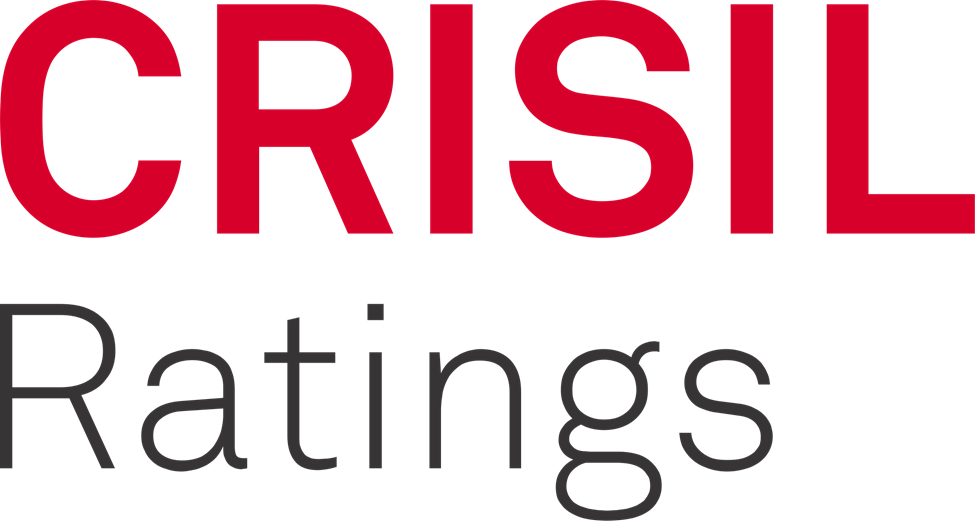In Short : As per CRISIL’s analysis, India is making significant strides towards achieving its renewable energy targets. This likely reflects a positive trend in the country’s efforts to increase the share of clean and sustainable energy sources in its overall energy mix, contributing to environmental and energy security goals.
In Detail : By 2032, over half of India’s power generation is expected to be from renewable sources and the country is firmly on course to achieve its renewable energy (RE) targets, according to CRISIL MI&A Research.
This comes despite reservations on specific pledges at the 28th United Nations Climate Change Conference (COP28) held in Dubai recently. At the meet, countries reached a broad agreement on transitioning away from fossil fuels.
CRISIL MI&A Research expects India to almost triple its RE installed base to more than 550 gigawatt (GW) by financial year 2031-32 from the current 172 GW (including hydro and pumped storage plants).
Solar will account for the lion’s share in the RE installed base with 270-290 GW, followed by wind with 120-140 GW (both onshore and offshore). Then, it will be hydro at 40-60 GW, storage up to 70 GW, and other RE technologies such as biomass and waste-to-energy bringing in the rest.
In generation terms, this would mean a 46 per cent penetration for renewable fuels. Adding nuclear, non-fossil generation will reach 51 per cent, essentially limiting fossil-based generation to only half of India’s power mix.
However, achieving this would be contingent upon continuation of the sustaining factors. Domestic supply chain expansion is also critical to ensure smooth execution.
On the solar side, production-linked incentive (PLI) push apart, favourable export and domestic demand avenues are expected to help expand domestic module making capacity. It is set to touch 100 GW by financial year 2029-30 from 38 GW as on March 31, 2023. Expansion is also slated in the upstream value chain, with polysilicon capacities expected to support 35 per cent of the indigenous module production by financial year 2029-30 from 0 per cent in 2022-23.
Reliance on wafer imports for module production is expected to be limited to 43 per cent by financial year 2029-30 from 100 per cent in 2022-23.
Expanding supply chain, domestically and globally, favourably impacts module component pricing. It is expected to be a major driver for greater solar off-take in the renewable mix for India.
Policy support, along with conducive solar module prices and increased capacity, leads to a stable credit outlook for the renewables sector. This will help developers keep leverage in check amid capacity additions.
Solar module prices had softened by close to 45 per cent as of October 2023 compared with the average price in 2022-23. Prices of India-made modules are expected to remain stable at $0.18-0.21 per watt-peak over the remainder of 2023-24.
This will support the viability of solar projects, which form over 75 per cent of the upcoming renewable capacity.
In another tailwind, release of pending receivables from state discoms, with the adoption of the Electricity (Late Payment Surcharge and Related Matters) Rules, 2022, is expected to continue this financial year.
The accrual is expected to increase with expansion of the operational portfolio of renewable players.
According to the CRISIL Ratings study, the operational portfolio of leading developers increased to 40 GW as on September 30, 2023, from 29 GW as on March 31, 2022.
All these factors will lead to stable leverage for developers.

